West Section Line Of Sec 31, T40s, R10w To Confluence With North Fork Smith River Paddle Report
Last Updated: 2026-01-05
The West Section Line of Sec 31, T40S, R10W to Confluence with North Fork Smith River in Oregon is a popular river run that covers a distance of approximately 28 miles.
°F
°F
mph
Wind
%
Humidity
Summary
The ideal streamflow range for this river run is between 1,000 and 5,000 cubic feet per second (cfs), with peak runoff occurring in May and June. The river has been rated as a Class III-IV, which makes it suitable for intermediate to advanced kayakers and rafters.
Along the river, there are several rapids and obstacles that add to the excitement and challenge of the run. Some of these rapids include the infamous Blossom Bar, which is a Class IV rapid that requires expert maneuvering and technical skill to navigate. Other notable rapids include Devil's Staircase, Upper and Lower Black Bar Falls, and Mule Creek Canyon.
There are specific regulations that must be adhered to when running this section of the river. All boaters must have a valid permit, and the number of boaters per trip is limited to 12. In addition, all boaters must carry appropriate safety equipment, including personal flotation devices, helmets, and first aid kits. The river is also subject to seasonal closures and restrictions, so it is important to check with local authorities before planning a trip.
In summary, the West Section Line of Sec 31, T40S, R10W to Confluence with North Fork Smith River in Oregon is a challenging and exciting river run with a Class III-IV rating. With its ideal streamflow range of 1,000 to 5,000 cfs, it offers a thrilling experience for intermediate to advanced kayakers and rafters. However, it is important to follow all regulations and safety guidelines when running this section of the river.
River Run Details
| Last Updated | 2026-01-05 |
| River Levels | 347 cfs (0.2 ft) |
| Percent of Normal | 288% |
| Status | |
| Class Level | iii-iv |
| Elevation | ft |
| Streamflow Discharge | cfs |
| Gauge Height | ft |
| Reporting Streamgage | USGS 14400000 |
Weather Forecast
Nearby Streamflow Levels
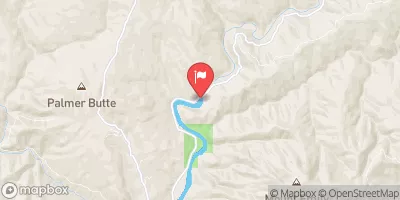 Chetco River Near Brookings
Chetco River Near Brookings
|
8220cfs |
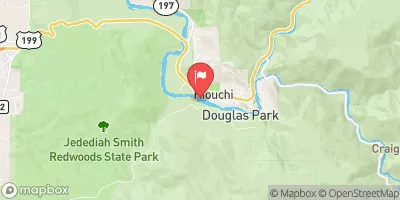 Smith R Nr Crescent City Ca
Smith R Nr Crescent City Ca
|
15500cfs |
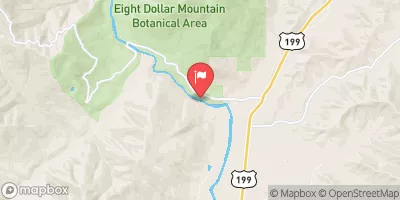 Illinois River Near Kerby
Illinois River Near Kerby
|
4870cfs |
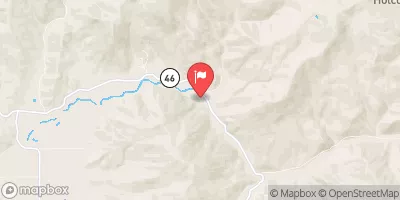 Sucker Cr Bl Lt Grayback Cr Nr Holland
Sucker Cr Bl Lt Grayback Cr Nr Holland
|
453cfs |
 Indian C Nr Happy Camp Ca
Indian C Nr Happy Camp Ca
|
1150cfs |
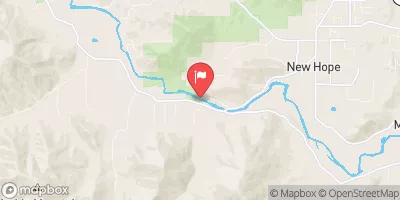 Applegate River Near Wilderville
Applegate River Near Wilderville
|
1030cfs |
Area Campgrounds
| Location | Reservations | Toilets |
|---|---|---|
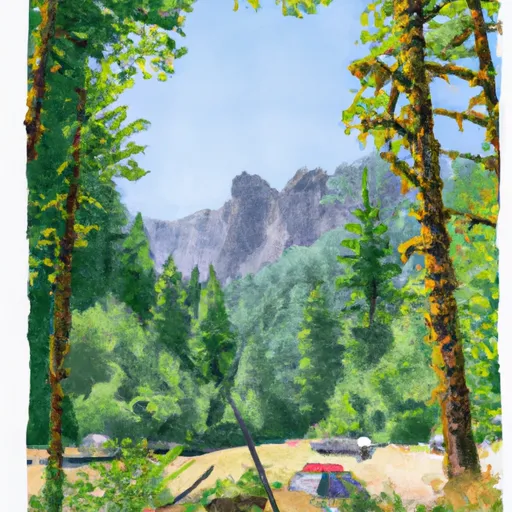 Winchuck
Winchuck
|
||
 Ludlum
Ludlum
|
||
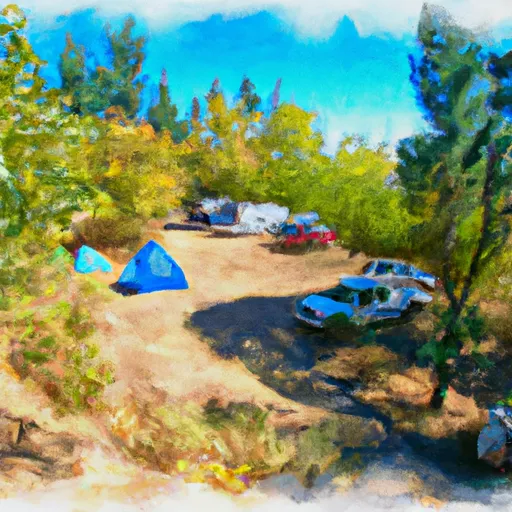 Ludlum House Group Site Recreation Rental
Ludlum House Group Site Recreation Rental
|
||
 Ludlum Campground
Ludlum Campground
|
River Runs
-
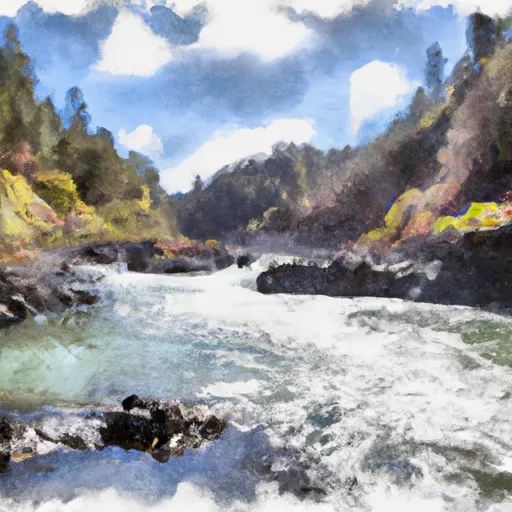 West Section Line Of Sec 31, T40S, R10W To Confluence With North Fork Smith River
West Section Line Of Sec 31, T40S, R10W To Confluence With North Fork Smith River
-
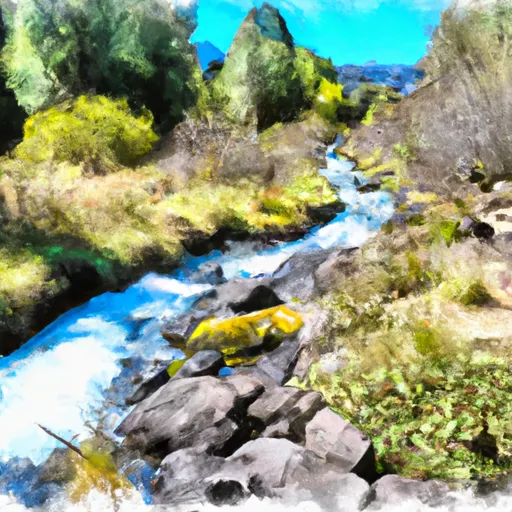 Headwaters And Perennial Tributaries To West Section Line Of Sec 31, T40S, R10W
Headwaters And Perennial Tributaries To West Section Line Of Sec 31, T40S, R10W
-
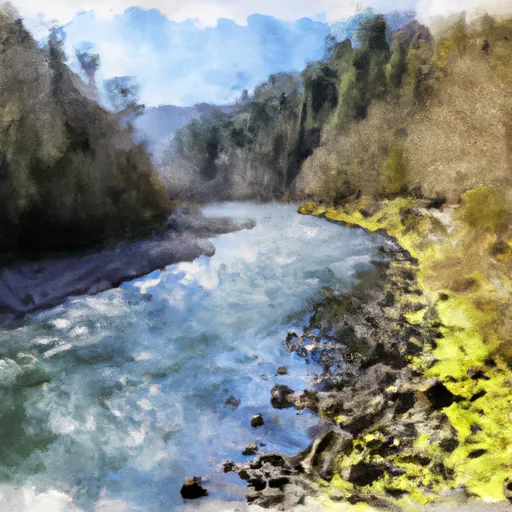 West Fork Illinois River
West Fork Illinois River
-
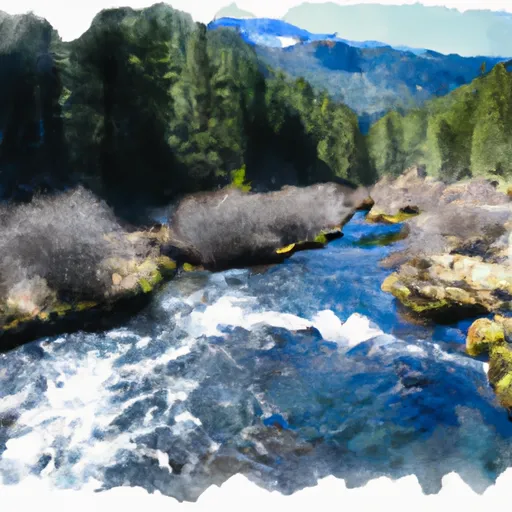 Headwaters Including Both Unnamed Forks And Rr Lakes To Confluence With Rough And Ready Creek
Headwaters Including Both Unnamed Forks And Rr Lakes To Confluence With Rough And Ready Creek
-
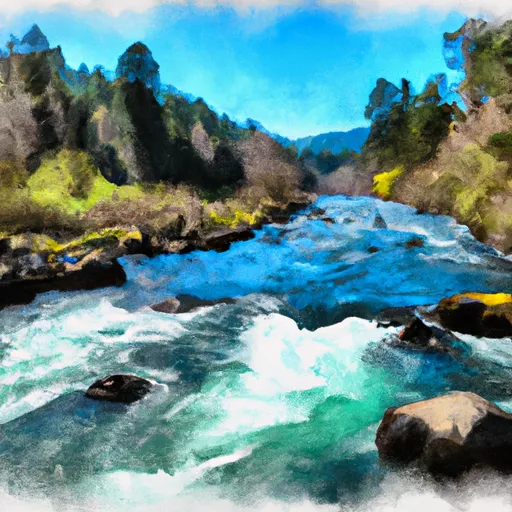 Confluence Of North And South Forks Rough And Ready To Middle Of Sec 15, T40S, R9W
Confluence Of North And South Forks Rough And Ready To Middle Of Sec 15, T40S, R9W

